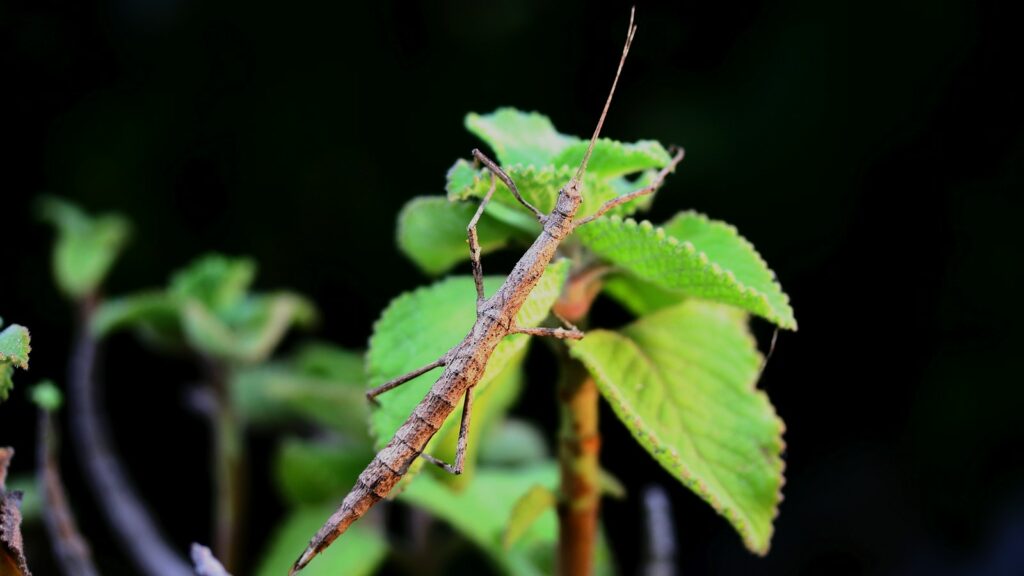
Welcoming exotic insects into your home introduces a fascinating window to the miniature world of arthropods, but providing them with the right habitat is crucial for their health and well-being. Whether you’re housing a vibrant butterfly, industrious stick insect, or striking tarantula, the enclosure serves as their entire ecosystem. Creating the perfect home for these tiny creatures involves careful consideration of their natural habitat, behaviors, and specific needs. This guide will walk you through everything you need to know about selecting, setting up, and maintaining the ideal enclosures for your exotic insect companions, ensuring they thrive under your care while providing you with endless fascination and educational opportunities.
Understanding Your Insect’s Natural Habitat
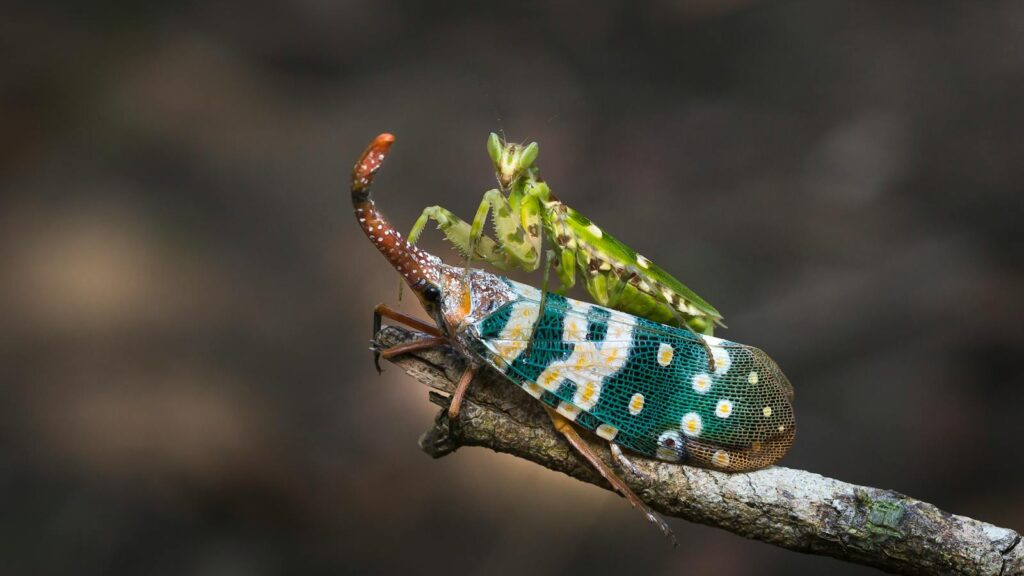
Before purchasing any enclosure, it’s essential to research and understand the natural environment of your specific insect species. Desert-dwelling insects like certain beetles require dry conditions with minimal humidity, while tropical species such as mantids need moisture-rich environments. Temperature requirements vary significantly between species originating from different geographical regions – some thrive at room temperature, while others need carefully controlled heating elements. The vegetation and substrate in your insect’s native habitat should also inform your enclosure design, as these elements provide comfort, security, and sometimes food sources. Understanding these natural conditions will help you recreate a habitat that enables natural behaviors and promotes longevity.
Glass Terrariums: Versatility and Visibility

Glass terrariums represent the gold standard for many exotic insect enthusiasts due to their exceptional visibility and versatility. Their clear sides allow for optimal viewing from multiple angles, creating an attractive display piece while enabling easy monitoring of your pet’s health and behavior. These enclosures excel at maintaining stable internal environments, which is particularly important for species requiring specific humidity levels. Most quality glass terrariums feature secure, mesh-topped lids that provide essential ventilation while preventing escapes from even the cleverest invertebrates. While typically more expensive than other options, glass terrariums offer unparalleled durability and can be repurposed for different species throughout your journey as an exotic pet keeper.
Plastic Containers: Affordable and Functional
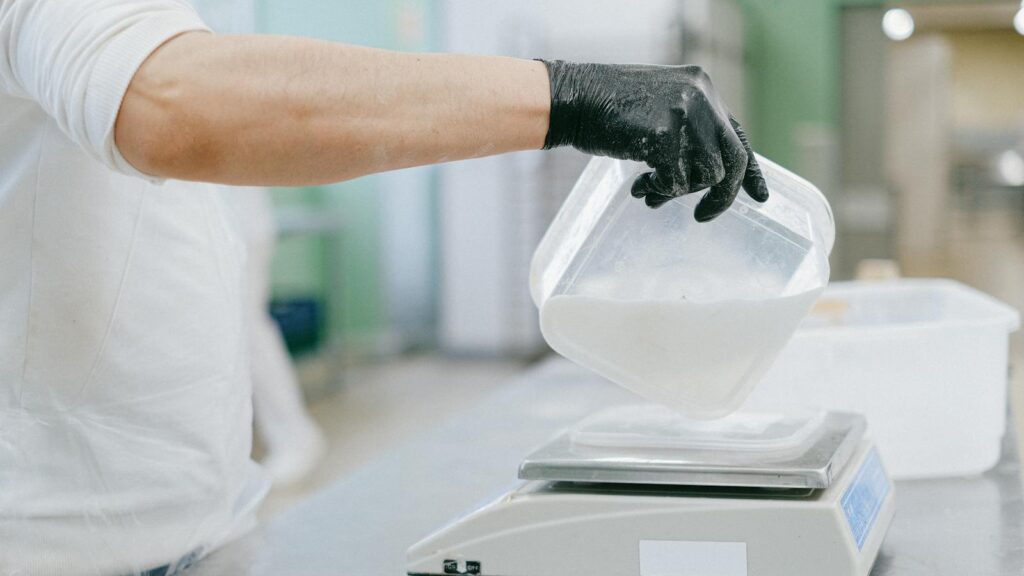
For beginners or those housing multiple specimens, modified plastic containers offer a practical, budget-friendly alternative to specialized terrariums. Clear storage bins, particularly those made from polycarbonate, provide excellent durability while allowing observation of your insects. These containers can be easily modified by adding ventilation holes with a soldering iron or drill, ensuring proper airflow while maintaining appropriate humidity levels. Many experienced keepers prefer these systems for species like millipedes, isopods, and certain beetles that don’t require elaborate setups. The stackable nature of plastic containers makes them particularly valuable for collectors with space constraints or those maintaining breeding colonies of multiple species.
Mesh Cages: Ideal for Flying Insects
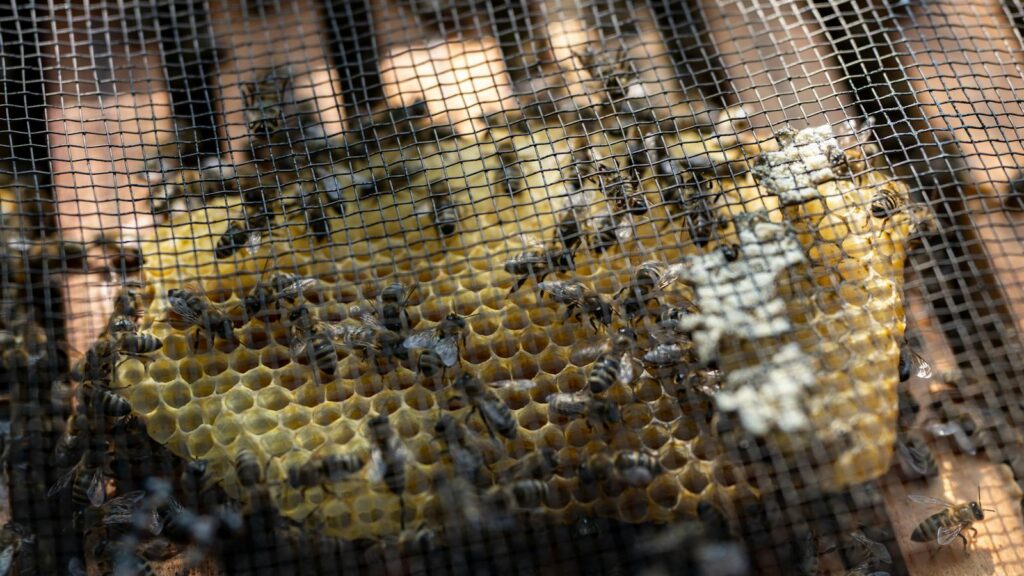
Mesh enclosures provide the perfect housing solution for flying insects such as butterflies, moths, and certain species of mantids. These specialized habitats feature fine mesh walls that allow optimal air circulation while preventing escapes, creating the spacious environment necessary for winged creatures to move naturally. Most quality mesh cages include zippered access panels that minimize the risk of accidental escapes during feeding or maintenance. The lightweight construction makes them easy to relocate as needed, whether to capitalize on natural sunlight or maintain optimal temperature conditions. For larger species like Atlas moths or birdwing butterflies, the vertical space offered by tall mesh enclosures is essential for proper wing development and flight practice.
Specialized Arboreal Setups
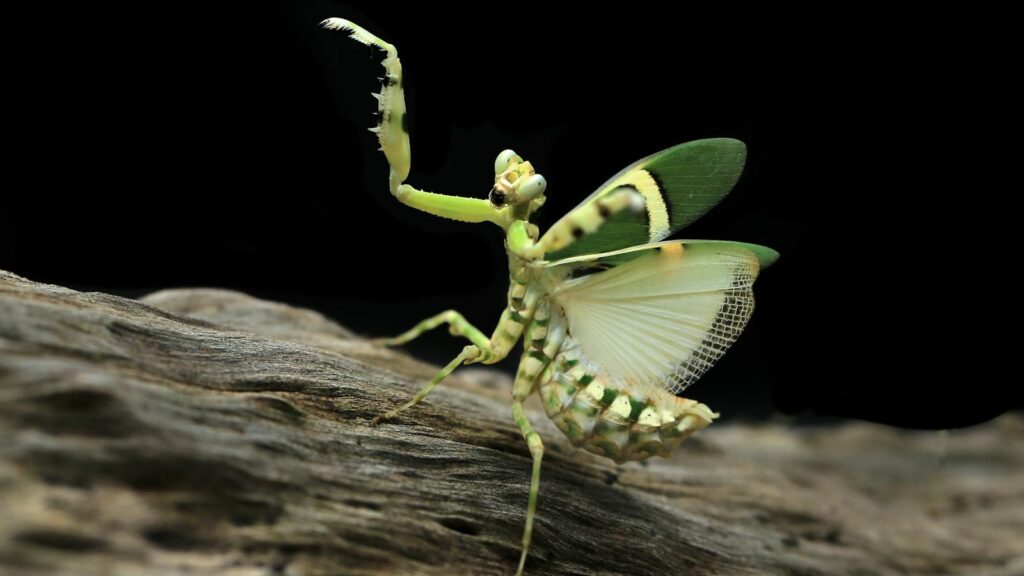
Arboreal insect species such as stick insects, leaf insects, and certain mantids require vertically oriented enclosures that accommodate their climbing behaviors. Taller terrariums with ample attachment points for branches, vines, and plants create an environment where these species can express natural climbing and hanging behaviors. The height also creates beneficial temperature gradients, allowing the insect to thermoregulate by moving between warmer upper areas and cooler lower regions. Proper ventilation is particularly important in these setups, as stagnant air can lead to mold growth on the plants and respiratory issues in the insects. When selecting an arboreal enclosure, choose one with at least twice the height of your insect’s full adult length to allow proper molting space, which is critical for healthy development.
Enclosures for Burrowing Species
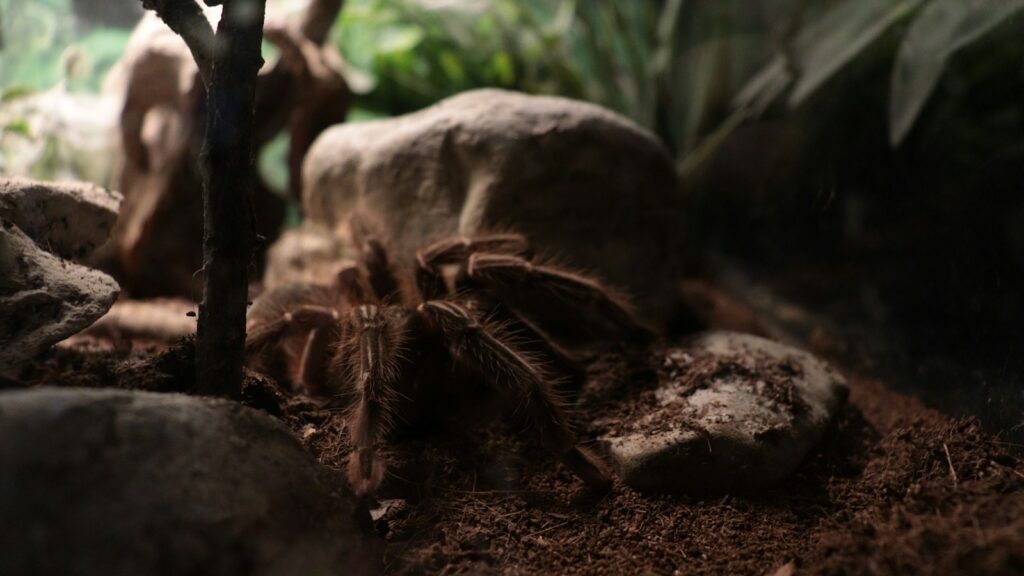
Terrestrial insects like beetles, some tarantulas, and scorpions often have strong burrowing instincts that must be accommodated in captivity. These species benefit from enclosures with deeper substrate layers, typically requiring at least 4-6 inches of appropriate bedding material to create satisfying tunnel systems. Width becomes more important than height for these creatures, as they need horizontal space to establish their burrow networks and hunting territories. For optimal observation of burrowing behaviors, consider enclosures with transparent sides that allow viewing of the intricate tunnel systems these creatures create. Some specialized terrariums feature angled or farm-style designs specifically engineered to display the fascinating subterranean activities of these insects.
Temperature Management Systems
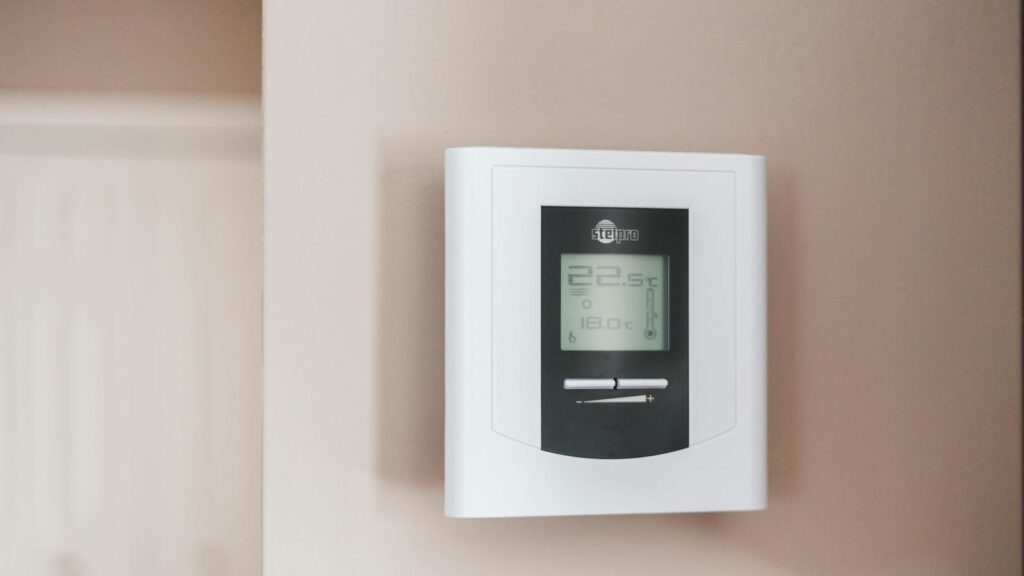
Many exotic insects originate from tropical or subtropical regions and require carefully maintained temperatures above typical room conditions. External heat sources such as heat mats, ceramic heat emitters, or low-wattage incandescent bulbs can be used to create appropriate thermal environments within the enclosure. Positioning these heating elements on one side of the habitat creates a temperature gradient, allowing the insect to thermoregulate by moving between warmer and cooler areas as needed. Digital thermostats with probe sensors offer precise control over heating elements, preventing dangerous temperature fluctuations that could stress or harm your insect. For species with extremely specific temperature requirements, consider keeping the entire enclosure within a temperature-controlled cabinet or dedicated insect room.
Humidity Control Solutions

Maintaining appropriate humidity levels presents one of the greatest challenges in exotic insect husbandry, particularly for tropical species requiring moisture-rich conditions. Misting systems range from simple hand sprayers for daily manual misting to automated systems with programmable timers for consistent humidity management. Substrate composition plays a crucial role in humidity regulation, with materials like coconut fiber, sphagnum moss, and organic soil helping to retain moisture while preventing waterlogged conditions. For species requiring extremely high humidity, consider adding a small, shallow water dish or implementing a false bottom system that allows water to evaporate gradually into the enclosure. Hygrometers should be used to monitor humidity levels regularly, ensuring conditions remain within the optimal range for your specific species.
Lighting Considerations

While many insects don’t require specialized lighting, proper light cycles help maintain natural behaviors and biological rhythms. Natural indirect sunlight provides excellent illumination for many species, though direct sunlight should be avoided as it can quickly overheat an enclosure. For insects kept in rooms with inconsistent natural light, low-wattage LED lights connected to timers can create consistent day/night cycles that support natural feeding and breeding behaviors. Some species benefit from UVB lighting, which can aid in calcium metabolism and promote natural color expression in certain beetles and mantids. Night-viewing red lights offer an excellent solution for observing nocturnal species during their active periods without disturbing their circadian rhythms.
Escape-Proofing Your Enclosure
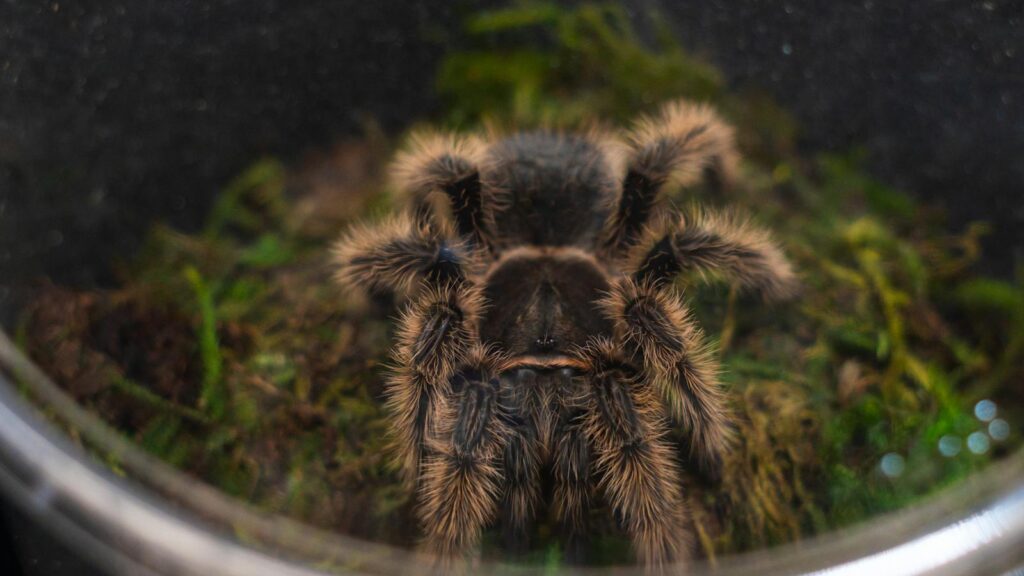
Many exotic insects possess remarkable escape abilities that require special containment considerations. Securing lids with clips or weights prevents strong species like certain beetles or cockroaches from pushing their way out through small gaps. For climbing species like mantids or stick insects, applying a band of petroleum jelly or a specialized insect barrier near the top of the enclosure can prevent escapes by creating a slippery barrier they cannot traverse. Regularly inspect enclosures for potential exit points, especially around hinges, ventilation areas, and cable entry points for heating or lighting equipment. Take extra precautions during maintenance or feeding times, as these represent the highest risk periods for opportunistic escapes.
Creating Microhabitats Within Enclosures
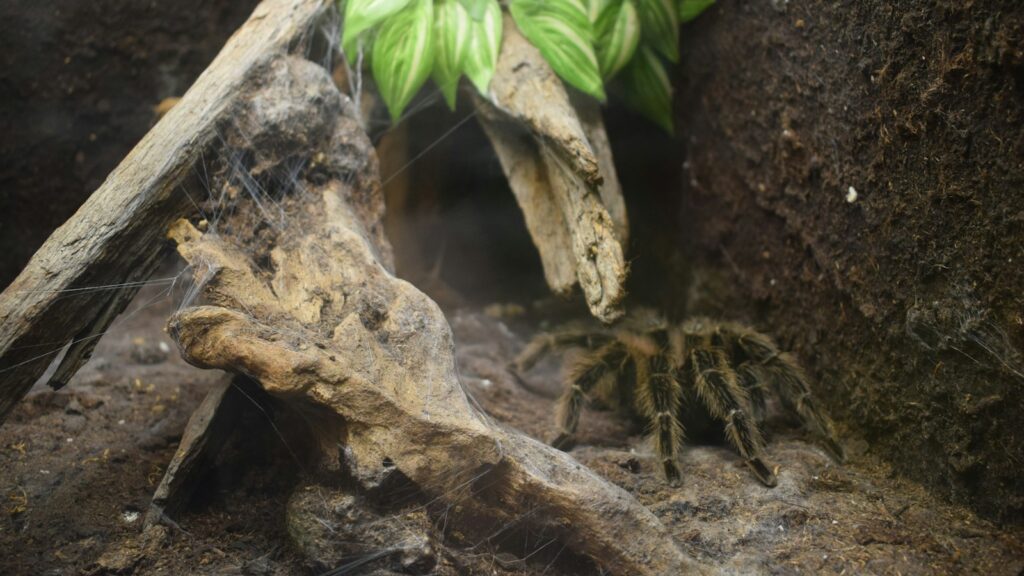
The most successful insect enclosures incorporate varied microhabitats that mimic the diversity found in natural environments. Including multiple hiding spots, such as cork bark, leaf litter, and artificial caves, allows insects to retreat from stress and light when desired. Varying substrate depths throughout the enclosure accommodate different behaviors, from shallow areas for feeding to deeper sections for burrowing species. Live plants not only enhance the aesthetic appeal of the enclosure but also help maintain humidity, provide natural climbing structures, and sometimes serve as food sources for herbivorous species. For community enclosures housing compatible species, creating distinct microhabitats can reduce competition and stress by providing specialized areas that cater to each species’ preferences.
Maintenance and Cleaning Protocols

Establishing regular maintenance routines ensures your insect enclosure remains a healthy environment while minimizing stress to its inhabitants. Spot cleaning to remove uneaten food, waste, and moldy materials should be performed at least twice weekly to prevent bacterial or fungal growth. Complete substrate changes should be scheduled based on enclosure size and insect species, typically ranging from monthly for heavily populated setups to quarterly for larger enclosures with fewer inhabitants. When performing full cleanings, retain approximately 20-30% of the old substrate to preserve beneficial microorganisms that aid in decomposition and maintain the enclosure’s established microbiome. Use only mild, insect-safe cleaning products like diluted vinegar solutions or specialized reptile/invertebrate habitat cleaners when disinfecting surfaces.
Budget-Friendly DIY Enclosure Options
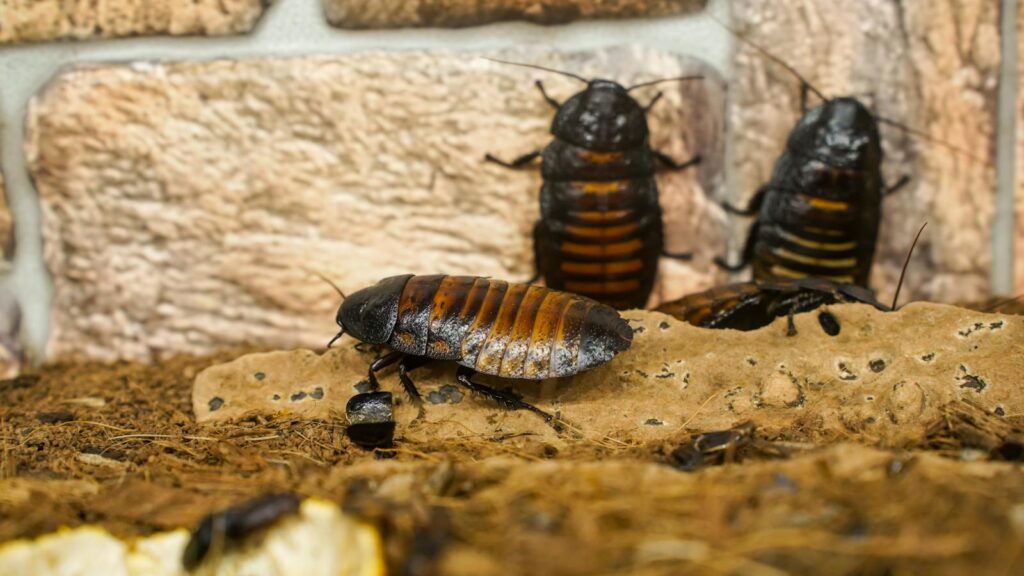
Creating custom enclosures offers both cost savings and the ability to tailor the habitat perfectly to your insect’s needs. Repurposing large glass jars with mesh lids makes excellent homes for smaller species like mantids, spiders, or beetle larvae with minimal investment. Converting plastic storage containers into functional terrariums requires only basic tools to add ventilation and access points, costing a fraction of commercial options while potentially offering superior functionality. For social media-worthy displays, thrifted furniture pieces like cabinets or dressers can be converted into stunning multi-enclosure setups that serve as conversation-starting focal points in your home. Online communities dedicated to exotic pet keeping often share detailed tutorials and innovative upcycling ideas that combine practicality with aesthetic appeal.
Conclusion
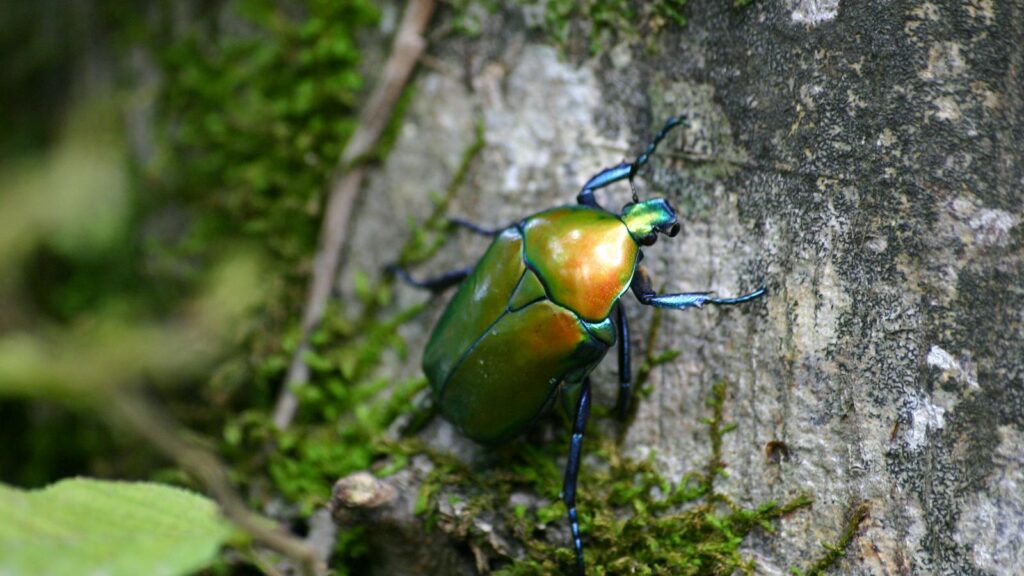
Creating the ideal enclosure for your exotic insect pet involves thoughtful consideration of their specific needs and natural behaviors. The perfect habitat balances environmental factors like temperature, humidity, and space with practical concerns such as maintenance, observation opportunities, and escape prevention. Whether you choose a commercial terrarium, a customized plastic container, or an elaborate DIY setup, the goal remains the same: to provide a safe, stimulating environment where your unique pet can thrive. As you gain experience with your insect companions, you’ll likely refine your approach to their housing, creating increasingly sophisticated habitats that benefit both the creatures in your care and your enjoyment of this fascinating hobby.
